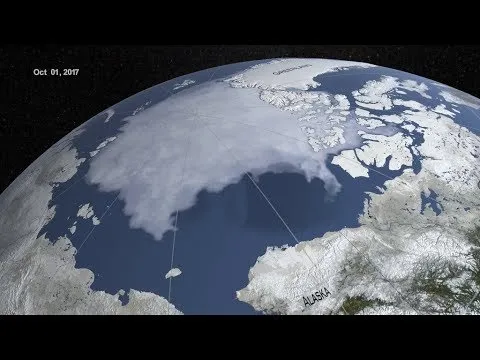A report released last week by the National Snow & Ice Data Center (NSIDC)—partially funded by NASA—shows that the Arctic sea ice reached its maximum extension during the latest winter season on March 17 and that this was the second lowest maximum extent on record. Winter continues to be relatively warm over the Arctic. Back in February, an extreme heat wave was recorded over the Arctic Ocean, the fourth year in a row that this has happened.
The satellite record from which this data was collated and analysed goes back 39 years and reveals that 2017 had the lowest maximum Arctic sea ice extension on record (14.42 million square kilometres; 5.57 million square miles), followed by 2018 (14.48 million square kilometres; 5.59 million square miles). But as you can probably guess already, out of the 10 lowest maximum Arctic sea ice extents on record, 7 happened in the last 10 years, and all 10 occurred within the last 14 years.
Melting polar ice can have different effects on the environment. It can contribute to sea level rise, dilute the oceans, release deadly ancient pathogens or trapped toxic substances into our environment, and there's also a particularly nasty feedback loop. The big ice-sheets of the Arctic and of Antarctica act more or less like giant sunlight reflectors, given that their smooth whiteness reflects about 80% of the incoming light (you know how you should wear sunglasses when on the snow? Well, it's because of all that extra sunshine being reflected upwards. The oceans, for comparison, absorb around 90% of the incoming sunlight.) This means that as the world warms and ice caps melt, lower and lower amounts of heat from the sun will get reflected back into space, which will further warm the planet, further contribute to icecap-melting, and on and on the cycle feeds back on itself.
Meanwhile, at the political and economic centres of the world, it's business as usual.
You can read more here:
"2018 winter Arctic sea ice: Bering down" at NSIDC
"Arctic sea ice maximum at second lowest in the satellite record" at NSIDC
